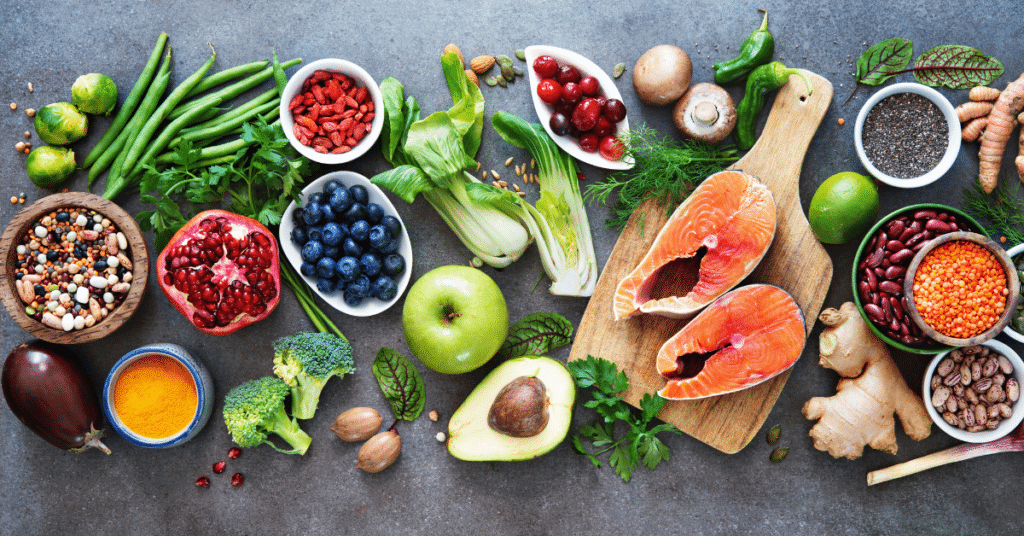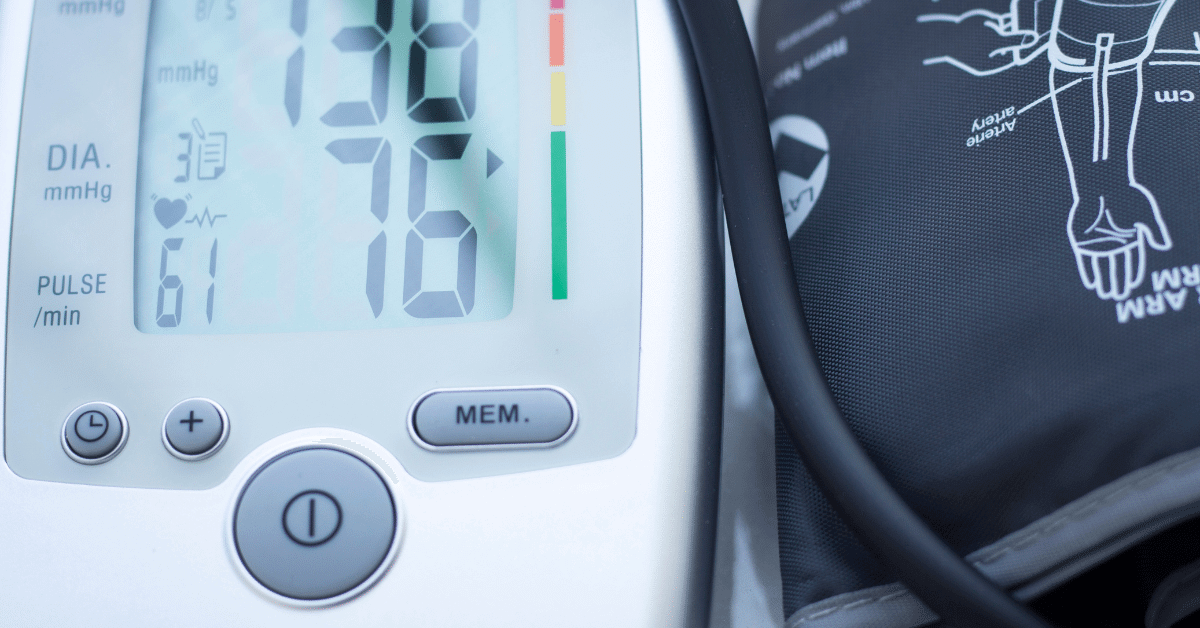In today’s health-conscious world, maintaining a healthy blood pressure has become as essential as keeping a regular exercise routine. High blood pressure, especially high diastolic blood pressure, can increase the risk of heart disease and other complications. Understanding the causes and finding effective ways how to lower diastolic blood pressure 12 can help reduce your risk. Let’s dive into the facts and debunk the myths together, shall we?
Understanding Diastolic Blood Pressure: Why it Matters
Blood pressure is often recorded as two numbers, the systolic (top number) and the diastolic (bottom number). While both are critical, our focus is on the diastolic blood pressure. This reading is the pressure in your arteries when your heart is at rest between beats. A normal diastolic blood pressure reading is typically between 70 and 80 mmHg. But, when the pressure rises above 80 mmHg consistently, it’s a cause for concern and time to initiate a treatment plan.
In high diastolic blood pressure or diastolic hypertension, the blood vessels become less flexible, causing the walls of your blood vessels to exert more force. This can raise your blood pressure, damaging your blood vessels and your heart. Therefore, it is critical to lower high diastolic blood pressure and reduce the pressure on the walls.
Diet Changes: Powerful Foods to Lower Diastolic Pressure
What you consume plays a critical role in managing blood pressure. Adopting a heart-healthy diet can help lower blood pressure. Here are some tips to keep your heart happy and your blood pressure at bay:
Limit sodium: Excess sodium can increase blood pressure. Aim to consume less than 2,300 milligrams (mg) a day.
Eat heart-healthy foods: Load up your diet with fruits, vegetables, whole grains, and lean proteins.

Check food labels: Get into the habit of reading food labels. This can help you make healthier choices.
Eat heart-friendly superfoods: Garlic, dark chocolate, and nuts are not only delicious, they also help lower blood pressure. Remember, a little dark chocolate goes a long way!
Exercise and Relaxation Techniques to Combat High Blood Pressure
Regular physical activity is a fantastic way to lower high blood pressure. Aim for at least 30 minutes of moderate aerobic exercise most days of the week. This can include brisk walking, swimming, or biking. Additionally, relaxation techniques such as yoga, meditation, and deep-breathing exercises can help lower your blood pressure by reducing stress. Be sure to work closely with your doctor to ensure your routine is safe and effective.
Lifestyle Adjustments: Quit Smoking and Reduce Alcohol Intake
Another essential aspect of lowering diastolic blood pressure involves making lifestyle changes. Habits like smoking and excessive alcohol intake contribute to high blood pressure. By quitting smoking and limiting alcohol, you can significantly lower your blood pressure and improve your overall health.
Monitoring and Medical Treatment Options for Diastolic Hypertension
It’s crucial to monitor your blood pressure at home with a reliable blood pressure cuff. Regular readings can help you and your healthcare provider understand your condition better and adapt your treatment plan if necessary.
In some cases, lifestyle modifications may not be enough, and your doctor may prescribe blood pressure medication. It’s important to talk with your doctor about potential side effects and how these medications may interact with your diet or other treatments.
Key Takeaways
- High diastolic blood pressure can increase the risk of heart disease.
- A heart-healthy diet, regular exercise, and lifestyle changes can help lower diastolic blood pressure.
- Regular monitoring and a personalized treatment plan are essential in managing high diastolic blood pressure.
Conclusion
There are many ways to lower diastolic blood pressure and minimize its potential complications. It’s about finding the right combination of diet, exercise, and if necessary, medication that works for you. Remember, you’ve got this! Here’s to embracing the journey and making strides toward a healthier heart.
Frequently Asked Questions
How can I lower my diastolic blood pressure quickly?
To lower your diastolic blood pressure quickly, you can try deep breathing exercises, meditation, or taking a warm bath. These relaxation techniques can help with short-term blood pressure reduction. However, it’s essential to consult with your doctor and adopt long-term lifestyle changes, such as eating a healthy diet, exercising regularly, and managing stress, for sustained blood pressure management.
How can I lower my diastolic pressure naturally?
Lowering diastolic pressure naturally involves making adjustments to your lifestyle. Start by eating a heart-healthy diet rich in fruits, vegetables, and whole grains while reducing sodium and unhealthy fats. Incorporate regular exercise, maintain a healthy weight, and try stress management techniques such as meditation or yoga. Limit or eliminate alcohol and tobacco consumption and monitor your blood pressure regularly to ensure progress.
Why would your diastolic pressure be high?
High diastolic pressure could be due to various factors, such as genetics, a high-sodium diet, obesity, physical inactivity, smoking, excessive alcohol intake, or chronic stress. Underlying health conditions like kidney disease and hormone imbalances can also contribute to high diastolic blood pressure. It’s essential to consult with your healthcare provider to determine the causes and develop a treatment plan.
Can drinking water lower diastolic?
Drinking water can help maintain a healthy blood pressure. Dehydration can cause blood vessels to constrict, leading to high blood pressure. Staying adequately hydrated allows your blood vessels to function correctly and efficiently, preventing unnecessary blood pressure increases. However, water alone may not be sufficient to manage diastolic pressure, so it’s crucial to combine proper hydration with other lifestyle changes for optimal results.
What are the foods to lower diastolic blood pressure?
To lower diastolic blood pressure, it’s essential to consume a balanced diet rich in heart-healthy nutrients. Focus on whole foods such as fruits, vegetables, whole grains, and lean proteins. Some specific foods to include in your diet are leafy greens, berries, beets, seeds (e.g., chia and flaxseeds), nuts (e.g., almonds and walnuts), fish high in omega-3 fatty acids (e.g., salmon and mackerel), and low-fat dairy products. Be sure to reduce sodium intake and avoid processed and unhealthy fats.




